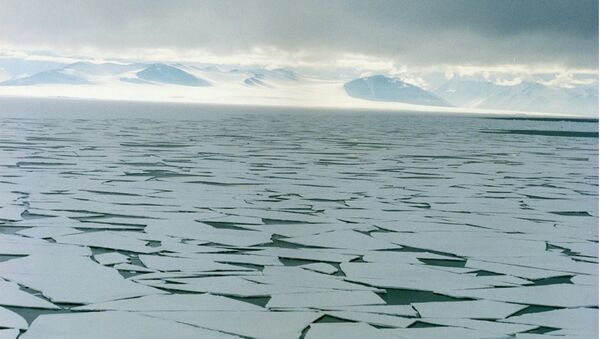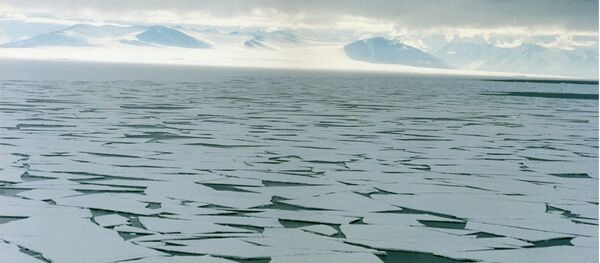WASHINGTON (Sputnik) — The satellite used in the study illuminates the ocean surfaces with laser light, allowing observations to take place through dense cloud cover and during winter, when darkness shrouds the North and South Poles, according to the release.
"In the Southern Ocean around Antarctica, though, changes in the ice cover were more important to phytoplankton population fluctuations than were differences in growth rates and predation," the release stated on Tuesday.
The findings have implications for scientific understanding of the interaction between the Earth’s climate and ocean ecosystems, the release noted.
Phytoplankton plays a key role in the planet’s carbon cycle, the release explained. Through photosynthesis, they absorb a great deal of the carbon dioxide dissolved in the upper ocean and produce oxygen, which is vital for life on Earth. This reduces the amount of carbon dioxide in the atmosphere.


